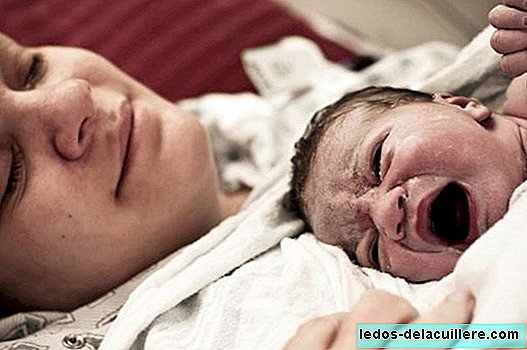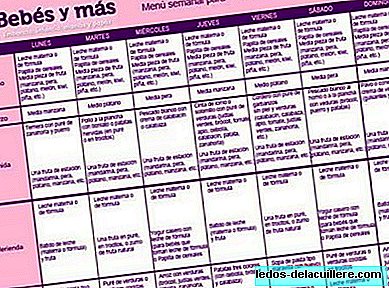
Ecological awareness is progressively increasing in our society, worried as we are about pollution, deforestation and changes in the climate. However, the knowledge about the activities and objects we use that pollute the most is reduced and is really amazing when we face it. Let's talk about ecological cost of diapers, conventional and disposable.
Conventional disposable diapers are produced using cellulose as raw material, which means that five trees will be cut to make the diapers that a child will use in their first years of life. Five trees for each child. Reusable diapers use 90% less raw material in their production and also less energy when manufactured.
In addition, the reusable ones will create 60% less garbage since the ecological cost of the disposable diaper in their production must be added that they can assume up to six tons of waste that go to the garbage for each child and, not being quickly biodegradable, they will remain in landfills up to 500 years. While it is true that they must be washed, their cleaning does not imply an exorbitant ecological cost, no greater than washing our underwear daily.
We must also add the chemical issue. Disposable diapers have generally been treated with bleach-derived chlorine products that act on cellulose pulp and modify it, just like in paper mills. This produces spills of toxic products that reach the environment and remain in contact with the child's skin. Sodium polyacrylate is also used, which is the product that converts the baby's pee into a kind of gel and can excessively dry the skin.
As we have seen the ecological costs of diaper use they are considerable, and much larger in the case of conventional disposables. With this data parents can decide which option to choose taking into account all considerations.












